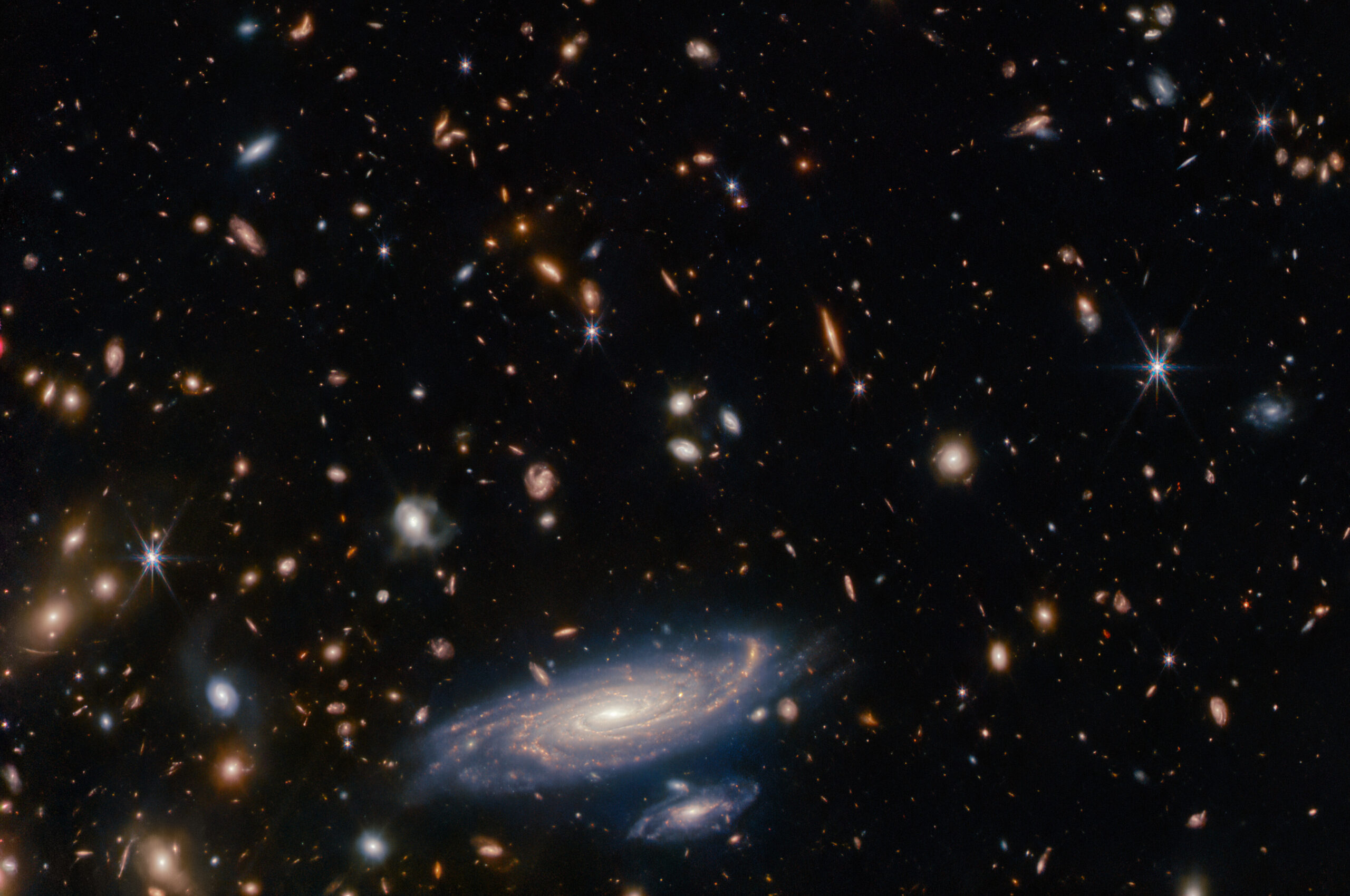Over the past decades, the scientific community and space agencies have continuously developed new geodetic missions with the general purpose of monitoring the Earth shape and gravity field. Two techniques appeared particularly efficient for this objective: radar satellite altimetry to monitor the Earth shape and space gravimetry to monitor the Earth gravity field. Both techniques showed constant progress and soon, in the 1990’s, they enabled to monitor the subtle changes in the Earth shape and gravity field due to climate change. It has been a revolution for climate science because suddenly many consequences of climate change were visible from space with a global coverage and a high repetitiveness including sea level variations, land water changes and polar ice sheet mass loss. After 20 years, this observing system has reached a level of maturity and an unprecedented accuracy.
Such an accurate observing system opens today a new research pathway. Indeed, by combining precisely space gravimetry data with radar altimetry data, it is now possible to derive estimates of the ocean storage of anthropogenic heat and the associated Earth energy imbalance (i.e. the radiative imbalance at the top of the atmosphere known as EEI). It provides an independent estimate of the EEI that anchors the historical top of the atmosphere radiation measurements (ERBE, ScaRaB, CERES) and constraints the global water-energy budgets that are responsible for climate change. This use of the geodetic observing system is a change of paradigm because the system was optimized to monitor the impact of climate change and now it is used to understand the causes of climate change. With this change of paradigm come new scientific opportunities related to climate change. In the same time these new scientific objectives bring new requirements on the accuracy of the geodetic observing system.
In this talk the speaker will show how the geodetic observing system has progressed and how it can be used now to estimate the Earth energy imbalance. He will also show how, now, the geodetic observing system enables (along with other flux measurements) to constraint the global water-energy budgets leading to new insights on the earth radiative response and the climate sensitivity.
Benoit Meyssignac is a young scientist at the Laboratoire d’Etudes en Géophysique et Océanographie Spatiale (LEGOS) and at the Centre National d’Etudes Spatiales (CNES) in Toulouse, France. He earned a degree in Physics from the Ecole Polytechnique, a degree in astrodynamics from the école nationale surperieure d’aéronautique and a PhD from the university Paul Sabatier in Toulouse (France). His research aims at understanding the variations of the global Earth energy-water cycle at regional and global scales through satellite observations and modelling approaches. His efforts have ranged from the development of global sea level products and global mass redistribution products with associated uncertainties tailored for robust comparisons with climate models to the detection and attribution of anthropogenic forcing and natural forcing in the Earth energy-water cycle variations. His research on high precision geodetic measurements of the Earth energy-water reservoirs leads to new insights on the response of the energy-water cycle to climate change and guide the improvement of climate models. He was a lead author of the last IPCC report. He was awarded in 2017 the Christian Le Provost prize from the French national science academy and in 2021 the EGU/ESA Earth observation excellence award for his work on geodetic observations to better constraint the Earth water energy budgets.
Webinar was recorded on November 18, 2021
